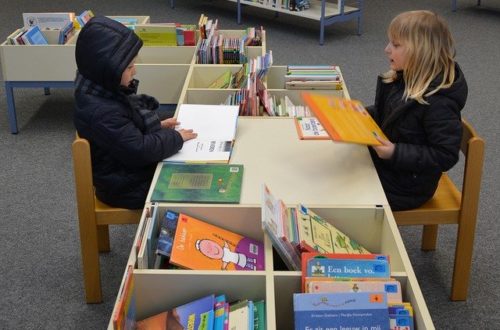This column has been working itself out through my brain for months now. It starts here. Some years back I assessed a 5th-grade student, Jessica, and was very impressed with her skills. She could read seemingly effortlessly to the 12th grade level, and her math skills for all basics were at a high school level as well. She was going to prepare to take a test to enter a very competitive private school. When her mom returned to talk about the assessment told her how impressed I was with Jessica’s skills. But she shocked me by saying, “Yes, she can read to the 12th grade level, but her reading comprehension is at the 5th percentile, and that will keep her out of that school.” I didn’t understand this at all.
Close to the date of the test my friend Jean Tucker (http://www.thespelloflanguage.com) came to see another student. She saw Jessica and her mother talking in the lobby. When Jessica and her mom had departed Jean turned to me and said this. “That girl cannot hear English vowel sounds correctly, and consequently her reading comprehension is going to be severely damaged.”
I was stunned. We did a quick assessment and it was totally true. Jessica could not distinguish vowel sounds. When I asked her what it was like to read silently, she said this. “If I am reading silently it is just noise in my head, I can’t understand any of it.”
Jessica was dyslexic, and she seemed a learner who had been wonderfully helped by Orton-Gillingham (OG) reading. But her skills were incomplete, and Jean helped me to understand what was missing. And over the years it has also been clear that there are more pieces missing, despite OG’s importance within the Dyslexia community. Here’s what I see as the major flaws.
- Vowel sound training is relatively minimal. The critical nature of phonological awareness was not understood when OG was developed, and to this day is not fully understood or appreciated by reading instructors. Consequently, the development of Lindamood-Bell’s LiPS program was an important advance, since most OG graduates remain in need of vowel instruction to complete their remediation. And the program itself was initially intended to address the issue of confusing letters visually. This is not an issue with dyslexic learners, as Louisa Moats points out. The critical missing pieces are in language and phonemic awareness. Thanks to Jean Tucker and Louisa for their thoughtful understanding of this issue.
- Unlike more modern reading instruction programs OG does not begin work with fluency outcomes in the plan. So early sounds and readings are often taught and observed at very slow frequencies, far below the needs of a fluent reader. For example, sample lessons on naming phonemes demonstrate reading levels at approximately 30 per per minute. A minimum standard for this skill is 60 per minute, and better instruction aims for more than 100 per minute. Moreover, early reading sessions are not timed, so building a sense of what is possible for passage reading is not one of the goals of the program. This leads to attempts to build reading speed after all of the elements have been taught, rather than building it step by step from the first. Mastery cannot be bolted on at the end of a reading program, regardless of the audience for the program. Mastery aims must be incorporated from the beginning, for Rapid Automatic Naming, for Vowel Sounds, for word list reading and for connected text reading. And a high expectation from the beginning is extremely important. Most of the OG -taught students with whom we have worked have excellent decoding but cannot read much above 130 wpm, with many far below 100 wpm in cold reading. These are inadequate performances for middle and high school academic demands and set the student up for a lifetime of extreme difficulty and perhaps failure.
- Expensive process of certification. This is mixed bag. On one hand the extensive certification process to become a certified OG practitioner assures that teachers will be thoroughly trained and vetted. That is an enormous advantage compared to the Wilson program, which has many shorter preparation steps and much less oversight, frequently leading to poor understanding of phonemes. However, this lengthy process leads to a shortage of trained OG practitioners and makes the use of the program far more expensive than the use of other programs. Most often students do not begin attending a structured literacy program until they have failed to make progress with the balanced literacy programs that dominate our schools. NO program is great at deprogramming the damage done by these awful early reading programs. Consequently, the need for intensive, well designed phonics programs is acute in American schools. OG has never risen to the challenge of providing access to all students.
- One -to -one instruction is a preferred method for all students with reading issues, as it helps protect the confidence of students who are struggling and permits careful responses to problems as they are discovered. Nonetheless this has also kept full OG from wider availability. Elements of OG have appeared in other programs, but these elements do not generally bring in all that is needed to provide success. OG has been a wonderful program since the 1930’s and was far ahead of its time. However now the enormous number of poorly- taught students in American schools require a more thorough, more robust program that incorporates all of these missing pieces and can be more rapidly trained to assure fidelity.





